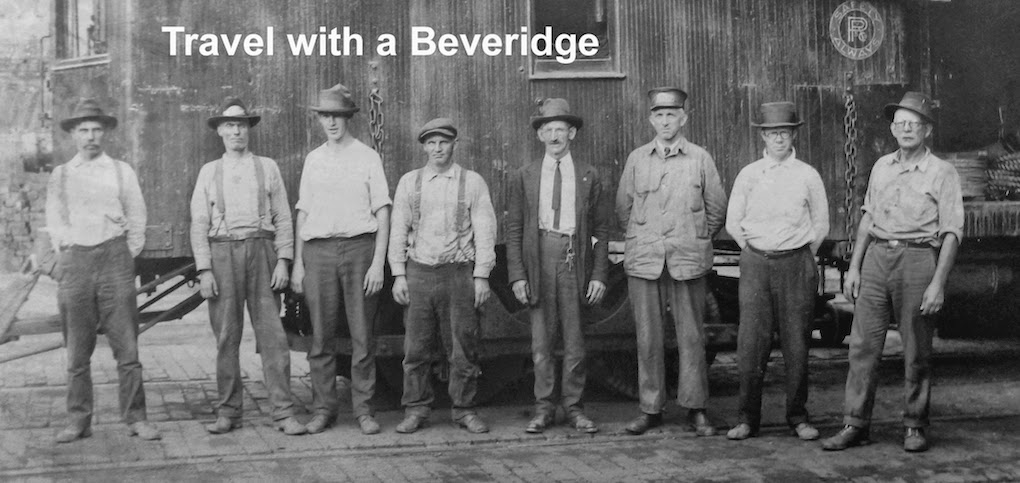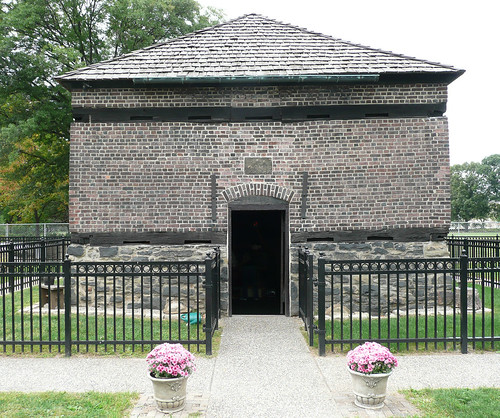
By Scott Beveridge and Amanda Gillooly
Observer-ReporterDONORA, Pa. - The day after a deadly smog cleared over Donora, the local newspaper lobbied for a full investigation into the poisonous air that had just killed 20 people.
"This pledge must be kept until it is redeemed by a true bill of health which Donora must now earn out of its tragedy,"
The Herald-American's front-page editorial stated Nov. 1, 1948.
Yet 60 years later, the exact cause of the death fog that spewed from the smokestacks at Donora's steel and zinc mills remains a mystery.
"We still don't know exactly what went wrong," said Devra Davis, a Donora native who directs the University of Pittsburgh Cancer Institute. "We never will."
The story, itself, has been downplayed and even ignored over the years by local residents who have long claimed that only the sick and old died before U.S. Steel's American Steel & Wire Co. slowed production to help clear out the fumes on Oct. 31, 1948.
But dusty stacks of court records buried for decades in the federal archives in Philadelphia show that the mysterious fog damaged the health and property of residents more severely than anyone knew at the time.
A random sampling of hundreds of pages of lawsuits spawned from the disaster shows the mill taking responsibility and paying settlements for the deaths and damages, and even the fatalities of livestock and fowl.
"It was not just a bunch of old, sick people dying," Davis said. "How did you become old by age 48 by living in Donora?"
A heavy fog settled over much of the Northeast in late October 1948, but Donora was the only area with heavy industry where unusual deaths were reported. The zinc mill, which reportedly functioned for some top-secret purpose, was the likely contributor to the toxic fumes, Davis said.
Uncontrollable coughing jags forced Halloween parade revelers to flee downtown Donora Friday, Oct. 29, 1948. Some felt dizzy; some felt shaky.
The next day, 11 people were dead.
Some suffered fatal heart attacks, while thousands of others became ill. That night, the roads were choked with traffic and a thick smog, making an evacuation impossible.
By Sunday morning, the death toll had risen to 19, and 600 people were hospitalized, prompting a mill attorney to order the cooling of the zinc smelters. A mild afternoon rain began to wash away the toxic fumes.
Scientists are now embracing a theory developed by former BBC journalist Christopher Bryson that may explain the arthritis symptoms and respiratory ailments that seemed to plague nearly everyone in Donora during its steelmaking days.
Bryson suggests high concentrations of fluoride from the mill's smokestacks caused the deadly smog, the nation's worst air pollution disaster. The chemical also could explain the disappearance of vegetation on the hillsides across the Monongahela River in Webster.
There were fatal levels of fluoride in tissue samples tested on one of the smog victims whose body was exhumed for a pathelogical diagnosis several months after the disaster, said Chris Neurath, research director of the Fluoride Action Network of Canton, N.Y. Those findings "just make the case stronger" for placing blame on the chemical for the problems in Donora, he said.
Steel mills added fluorspar to steel production at a time when fluoride was one of the unhealthiest air pollutants in the industry, Bryson wrote in his 2004 book, "The Fluoride Deception."
At the time of the smog, steel mills were facing lawsuits demanding millions of dollars in damages for exposure to fluoride. Bryson claims the U.S. Army and Atomic Energy Commission downplayed the fluoride poisonings because they were producing the chemical as a byproduct for atomic research.
In smaller doses, the chemical strengthens teeth, but prolonged exposure to fluoride pollution in the air can cause breathing difficulties, sore bones and blotchy, discolored teeth.
Anti-pollution crusader Philip Sadtler traveled to Donora shortly after the smog and took note of residents who had many of those same symptoms, Bryson's book indicates.
Sadtler, of Philadelphia, worked on behalf of Florida farmers who were blaming fluoride poisoning for their loss of crops and feared the Donora incident would be linked to sulfur dioxide as a cover-up. That type of pollution, although less toxic, was also being created in large quantities at houses in the Donora area where coal was burned for heat, Bryson's book indicates.
By December 1948, Chemical and Engineering News magazine published Sadtler's findings: There was high fluoride content in Donora's vegetation.
But the industry quickly disputed Sadtler's research through attacks by Robert Kehoe at Kettering Laboratory in Cincinnati, Ohio, and others involved in the steel trade, Bryson noted. Meanwhile, Kehoe was a leading chemical expert who was hired by U.S. Steel to investigate the smog.
The company possessed a string of reports on Donora air, information it kept close at hand, the court records indicate.
The attorney representing as many as 130 Donora-area smog victims petitioned U.S. Judge James Alger Fee Sept. 29, 1950, to force the New Jersey-based American Steel & Wire to produce those reports for the upcoming spring trial.
Marvin D. Power, the attorney who represented the victims, especially wanted the results of a key air sample taken in Donora at 6 a.m. Sunday, Oct. 31, 1948. The sample had been drawn when the company ordered the cooling of the zinc smelters.
A man identified only as Dr. Gibbs of Carnegie-Illinois Steel - a U.S. Steel subsidiary - was dispatched there under orders of Dr. Beebe, another of the company's air pollution experts.
Beebe later turned over a report on the findings to the U.S Public Health Service for its investigation of the smog.
But that report was never made public.
The health service's report noted Beebe's cooperation, "but there is not a word of Dr. Beebe's report in the government report," Power argued at the hearing.
Power also sought reports on air testing in Donora that was conducted several hours after the smelters were cooled. Those tests were completed by the Industrial Hygiene Foundation, an association that conducted research for the industry in Pittsburgh, the court indicates.
He further asked the court to produce air samples in Donora dating to 1935 that had been taken by Pittsburgh Testing Laboratories, an independent corporation. That company took other air samples in Donora during a mill flare-up in August 1948, the court record shows. The petition also asked Fee to order American Steel & Wire to produce reports that were forthcoming on air samplings taken months after the smog by Kettering.
The judge declined to rule from the bench but told American Steel & Wire attorney Charles E. Kenworthey that he might demand to read the air reports in his chambers to determine if they would be needed in court. Before adjourning, Fee said he also would consider ordering the reports to be produced at trial, if necessary.
The corporation reacted six months later by settling 130 lawsuits for $235,000, even though the victims had sought $4.6 million in damages, combined. These were victims who were facing extreme pressures from their neighbors to drop the lawsuits to keep the mill open.
The Public Health Service's preliminary investigation of 1949 placed most of the blame on stagnant air, and its files have since disappeared, Bryson noted. A final report was never issued by the federal government.
"The truth about what happened at Donora ... was concealed by the polluters," Bryson said.
(Caption: The infamous Donora zinc works, circa 1950. Photo courtesy of Donora Historical Society)























